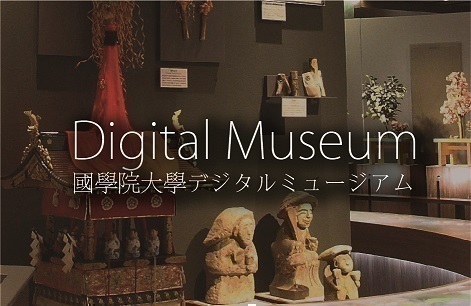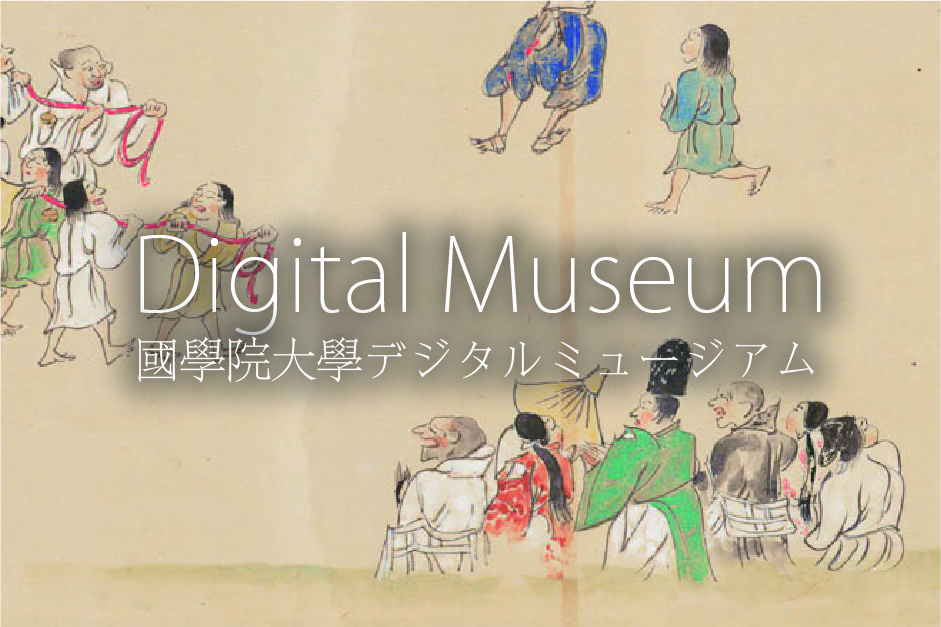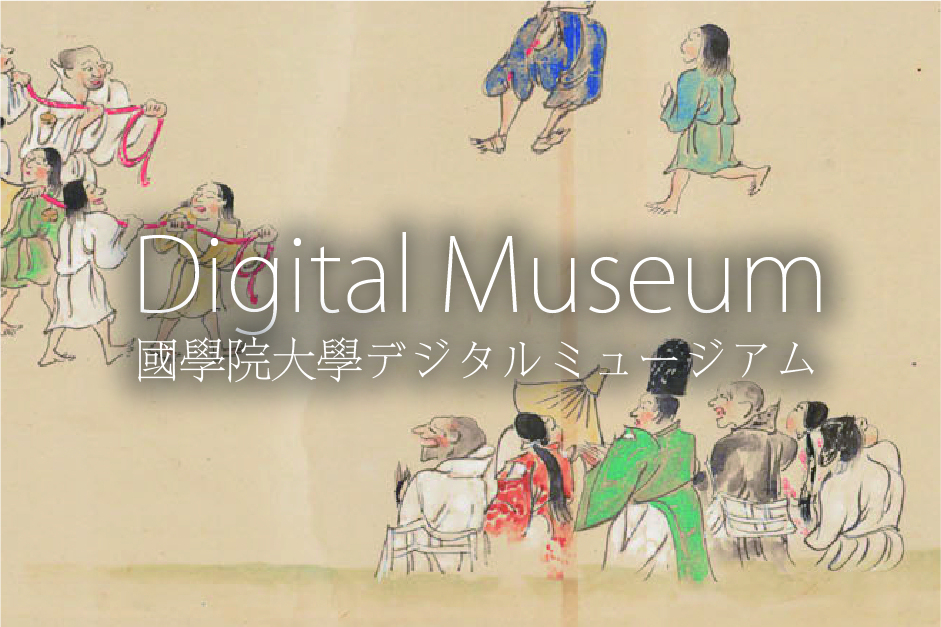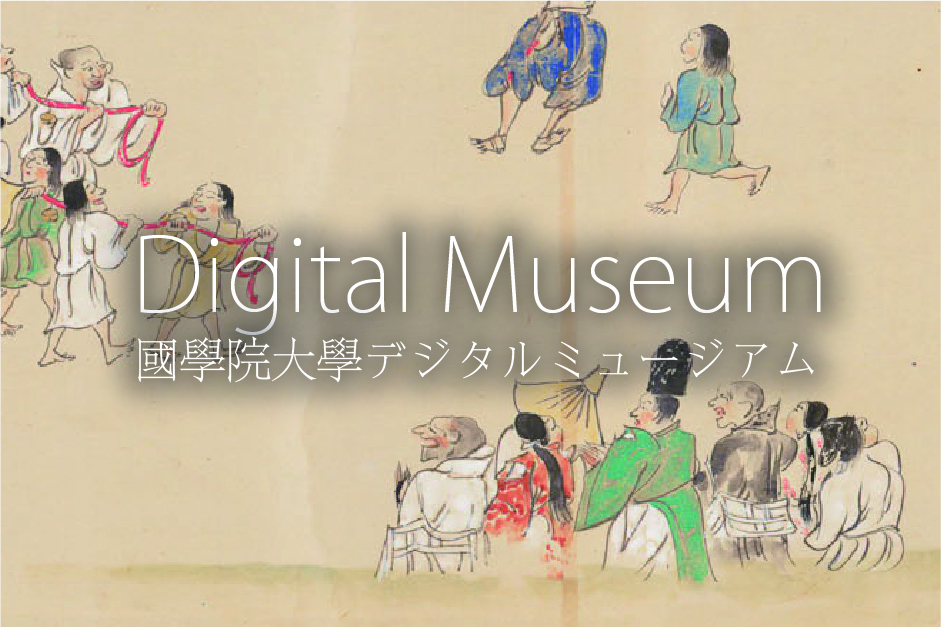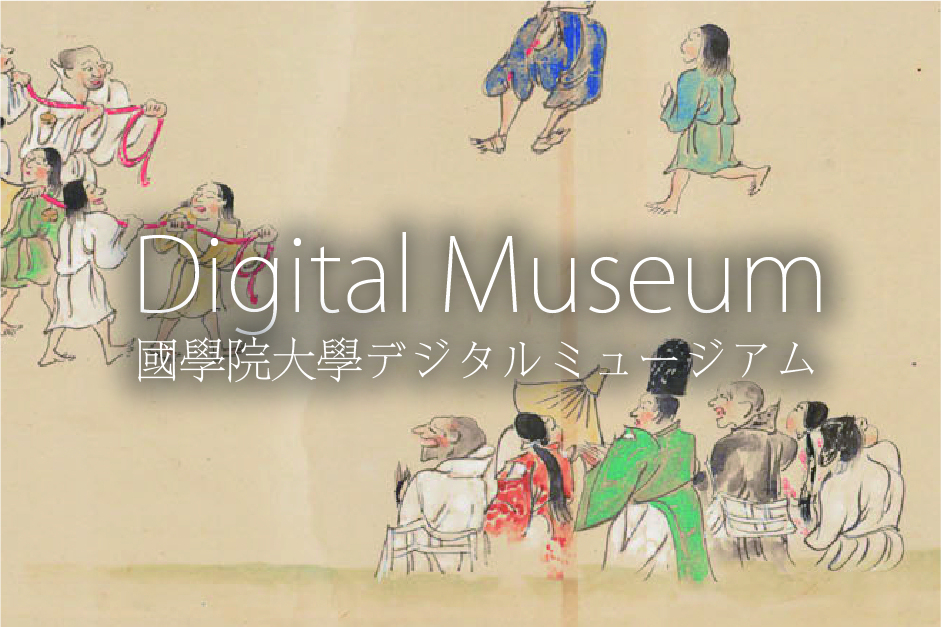- トップ
- Encyclopedia of Shinto
- §Shamei Bunpu (Shrine Names and Distributions)
Encyclopedia of Shinto
| Main Menu: | |
| Links: |
詳細表示 (Complete Article)
| カテゴリー1: | 6. Belief and Practice |
|---|---|
| カテゴリー2: | Shrines and Cultic Practices |
| Title | §Shamei Bunpu (Shrine Names and Distributions) |
| Text | Certain shrines are worshipped throughout the country while others are distributed exclusively in certain regions. Okada Yoneo's 1976 quantitative analysis of well-known shrines and their bunsha (emanation or branch shrines) in Zenkoku chomei jinja annaiki clearly indicates that the distribution of Shinmei shrines (the bunsha of Ise Jingū), Hachiman shrines, Inari shrines, and Tenman shrines is significantly greater than that of other shrines. During the era of the ritsuryō legal system, private offerings to Ise Jingū were prohibited, thus it was impossible for commoners to make donations to the shrine. With the weakening of ritsuryō governance, commoners started worshipping at Ise, and around the end of the Heian period people began worshipping splinter manifestations of Ise Jingū's kami (known as "spirit emanations" or bunrei) on the shrine's other land-holdings, known as shinryō. The first reference to a shinmei shrine outside of Ise's Grand Shrines is the reference to Amanawa Shinmeigū appearing in the Azuma Kagami of the Kamakura Period. Subsequently, belief in such phenomena as tobi shinmei (the belief that shinmei – i.e. Amaterasu– fly to various locations) flourished, and shinmei shrines began appearing throughout Japan. New Shinmei shrines, at which people could worship the most venerable kami in the Shinto pantheon, Amaterasu, were "dedicated" (kanjō) as new rice fields were created in the agricultural development of the Edo Period, and as new lands were settled in Hokkaidō during the Meiji Period. The spread of Hachiman shrines throughout Japan began with the Heian court dedicated Usa Hachimangū on Kyōto's Mount Otokoyama, which was soon followed by the creation of Iwashimizu Hachimangū. Needless to say, Hachiman was deeply revered among the court, being the tutelary kami (ujigami) of the Genji (Minamoto) clan, and when Minamoto no Yoritomo established the bakufu shogunate in Kamakura, Yoritomo worshipped Tsurugaoka Hachimangū as the guardian shrine of the Kantō region. Thereafter, Hachiman became the protective deity of the warrior class and Hachiman worship spread to regions where the Shogun's vassals (goke'nin) settled throughout Japan. Devotion to Inari as a kami of agriculture has been strong throughout Japan. Devotion to Inari as a kami of productivity and commerce also led many merchants and commoners to dedicate shrines to Inari and make Inari their "estate kami" (yashikigami), resulting in the dispersal of Inari Shrines throughout the country in the medieval and early modern eras. It is said that Inari shrines outnumbered all other shrines in the capital city of Edo, but the same was likely true in most other regions of Japan as well. Tenman shrines are shrines that take the spirit of Sugawara no Michizane as their "enshrined kami" (saijin). The shrine Kitano Tenmangū is considered the first of these Tenmangū dedicated to placating Michizane's vengeful spirit (tatarigami), but the shrine Dazaifu Tenmangū in Dazaifu, the site of Michizane's death, was also founded for this purpose and continues to perform rituals dedicated to him with exceeding care. Over time, Michizane's scholarly virtues led to his worship as a kami of learning, and in the Edo period, domain schools (hankō) and private schools (terakoya) often dedicated bunsha branch shrines in his name. In ancient times, with the growth and migration of clans, guardian kami were worshipped in each newly settled region. The shrines at which fishermen (amazoku) worshipped in the Wamyō ruijushō's "Amabegō" section, which include the shrines Munakata Jinja (present-day Munakata Taisha), Sumiyoshi Jinja, and Kai Jinja, also accord with the shrine distribution recorded in the Shikinaisha section of the Engishiki . Thus, we may conclude that such shrines were dispersed as a result of the migration of those fishermen. Already in the Engishiki, many of the bunsha of the ancient Yamato shrine ōmiwa Jinja appear. Nakayama Wakei, in ōmiwa Jinja, argues that this distribution too probably results from the migration of clans that worship the kami ōmononushi. Nishitsunoi Masayoshi's Utsunomiya Futarayama Jinjashi, on the location of shrines finds that the shrines Hikawa jinja, Katori jinja, and Hisaizu jinja had numerous bunsha in the Kantō region . He also demonstrates that the shrine groupings of each respective shrine were located along large rivers, such as the Arakawa, the Motoarakawa, and the Tonegawa, and that the groups coexisted without impinging upon each other's boundaries. He explains this by the geographical distinctions that follow: the main shrine Hikawa Jinja, from which the Hikawa bunpu jinja branch, is located in Saitama City's Takahanachō (Saitama Prefecture), but the relatively old villages that worship Hikawa bunsha shrines are located in hilly areas of the Kantō Loam, which is largely reclaimed forests and wetland valleys used for rice farming; Hisaizu bunsha jinja are distributed along the River Motoarakawa; and Katori bunsha jinja are distributed along the River Tonegawa. Since the tenth century these regions were developed for rice agriculture, and Nishitsunoi posits that [these shrines developed in response to the fact that] such low-lying wetland areas often flooded. The kami worshipped at Futarayama Shrine in Utsunomiya City (Tochigi Prefecture) is Toyokiirihiko no mikoto, who subdued Tōgoku and governed the area around the shrine. Worship of this kami is centered primarily in the northern Kantō area at such shrines as Akagi Jinja and Futarayama Jinja. There are a total of one hundred and eighty-three Futarayama bunsha jinja in Gunma, Tochigi, Saitama, Ibaragi, Fukushima, and Niigata prefectures, and it is reasonable to assume that they developed under similar circumstances to that of Hikawa jinja. Fuji Sengen shrines developed in the foothills around Mount Fuji, an increasingly active volcano, where people worshipped to placate its kami known as Asama no ōkami. Among the oldest of these shrines are Fujinomiya City's Fujisan Hongū Sengen Taisha and Kaiichinomiya's Sengen Jinja. With the rise of Fujikō confraternities in the early modern period, the sphere of Fuji faith increased to encompass all of eastern Japan and Fuji Sengen branch shrines developed throughout the region. According to Endō Hideo, most Fuji Sengen shrines are located in areas from which Mount Fuji can be seen, such as Chiba, Saitama, Shizuoka, and Ibaragi prefectures. He found that there were nine hundred and forty-three Fuji Sengen shrines in these and other areas. A similar pattern can be seen with ōmi's shrine Taga Taisha, the main deity of which is Izanagi no mikoto. Taga branch shrines developed throughout Japan due to the popularity of Tagakō confraternities. Taga bunsha jinja are particularly numerous in Aichi, Gifu, Ehime, Fukuoka, and Oita prefectures, in which Tagakō confraternities have existed from quite early on and faith in Taga is strong. The shrine Suwa Taisha of Nagano Prefecture also gave rise to many shrines distributed throughout Japan. According to Okada Yoneo's study Suwa Taisha, 5,073 Suwa shrines exist, but according to Miwa Iwane, a former priest (gūji) of Suwa Taisha, the number is actually 5,089. While Suwa shrines center around Nagano Prefecture and are also numerous in neighboring prefectures such as Saitama, Niigata, Gunma, and Toyama, their distribution is nationwide. Suwa belief spread both due to the movements of people from neighboring regions seeking to receive the kami's divine virtue (shintoku), and due to the devotion of warrior clans since the medieval period. Notable examples of this warrior clan worship are the private Suwa shrines that were established inside the Edo manors of the various domain lords (daimyō), several of which eventually developed into shrines for commoner worship. For example, Kotohira Jinja, in Tokyo's Suidōbashi district, was once inside the Takamatsu Domain's Edo manor, and Kotohira Jinja in the Toranomon district was originally located inside the Marugamekyōgoku Domain's manor. Konpira faith had a strong following among members of the commoner class. As a result, various altars to Konpira were created, and various Konpira bunsha jinja were established. In Ieyasukō to zenkoku no Tōshōgū, Kotooka Mitsushige examines the development of the shrine Tōshōgū and its various bunsha jinja. These were established in the Edo period as places to worship Tokugawa Ieyasu, founder of the Edo Bakufu (warrior government) and there are at least five hundred fifty-five known Tōshōgū shrines known to exist.These include jinja installed by daimyō lords, and those constructed by various shrines and temples on their grounds (keidai). Tōshōgū bunsha jinja also developed in areas controlled by powerful commoners, and in regions connected to Ieyasu. In the Meiji Period, each domain (later each prefecture) established "spirit-inviting shrines" (shōkonsha) for martyrs who died after the Bakumatsu Period. In 1939, shōkonsha were renamed "shrines to protect the nation" (gokoku jinja), which explains the distribution of gokoku shrines throughout Japan. — Motegi Sadazumi |




